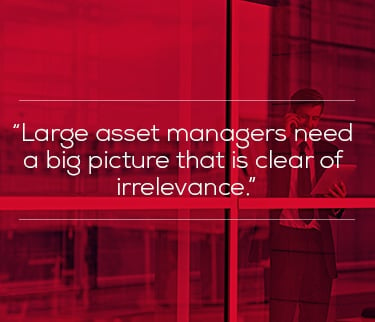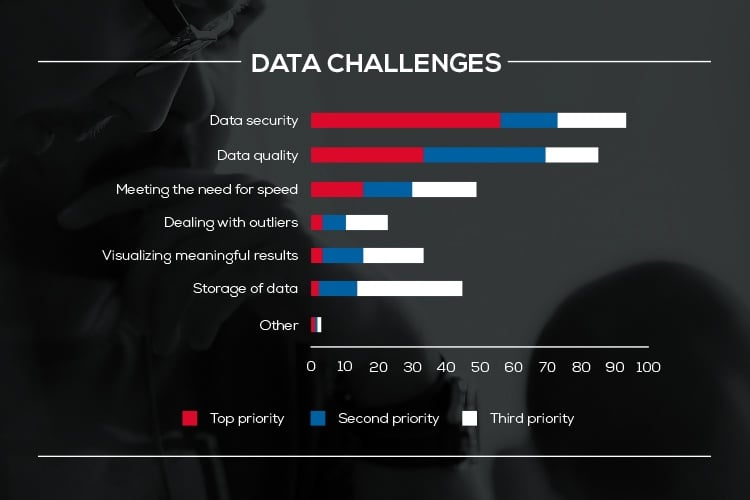 Combining risk and performance attribution analytics in a single view gives a much better picture to the front office.
Combining risk and performance attribution analytics in a single view gives a much better picture to the front office.
That’s because asset managers can get an instant view of how the money from previous investments was made, how that compared with what was expected and the level of risk if similar action is taken in the future.
In a world where complex investment strategies, increased data volumes and regulatory requirements have all increased exponentially, this is increasingly important. The right systems and data are a massive facilitator and managers need more powerful tools to make better, more informed decisions.
Front and middle convergence
It wasn’t always like this, and recent market and industry trends have created real strain for middle office teams.
Citisoft’s 2016 outlook report says that the demands on the middle office have now exploded and because complex investment strategies continue to evolve, then the demand for more timely data has stressed operation’s ability. The report says that accuracy and regulatory requirements have both increased and that shorter settlement cycles are becoming the norm.
{{cta(‘ca84c1e0-b365-4c2f-85c2-37795924b4ee’)}}
“We believe the second half of the decade will transform the middle office in a way not seen since its inception. This evolution will be driven by the convergence of some front and middle office functions—namely the generation of risk and attribution data.”
The right data, the right system
As a result, operational improvement and efficacy is now a top agenda item in many of the large assessment management firms. Untangling both the web of data and the web of systems and processes is an imperative for larger asset managers.
Data –quality and accuracy
Linedata’s 2016 Global asset Management & Administration survey points to the importance of data quality:
“Low quality data would lead to incorrect calculations and records and may even attract the attention of regulators.”

The Citisoft 2016 outlook report also says that middle office risk and attribution capabilities only scratch the surface of front office needs, with very basic models. The primary reason, according the report’s authors is complexity. In fact most front office systems stem from an organic development which consisted of PhD’s working with investment professionals. The system used by the middle office were, meanwhile very focused on trade settlement and accounting.
What should happen next is that middle office and accounting (IBOR) will provide core risk and attribution data in a similar fashion to the way in which they currently provide cash and position data.
Setting up the system
The problem is not necessarily an information gap but, rather, a synthesis gap. This means setting up the analytics to identify the devil within the detail and requiring leadership to identify which information is critical and to pull it into reports or dashboards that can be easily and regularly monitored.
The more asset managers can harness their middle and front office, the more they can harness their data. Once this is done the right analytical process will give them the bigger picture.
Large asset managers especially need a big picture that is clear of irrelevance, clear of obsolete calculation and instead show a single data set analyzing future, past and every single asset class. They need analytics that are broad, deep and reflective of what they need to know.
Takeaways:
- Data security and quality are now top priorities for asset managers.
- The ability to generate reports around combined performance and risk analytics is now a fundamental capability.
- But for many middle offices, combining performance and risk analytics is still a real challenge.
{{cta(’97c615a5-1fe8-4298-9ef6-4f15e8a59bdb’)}}